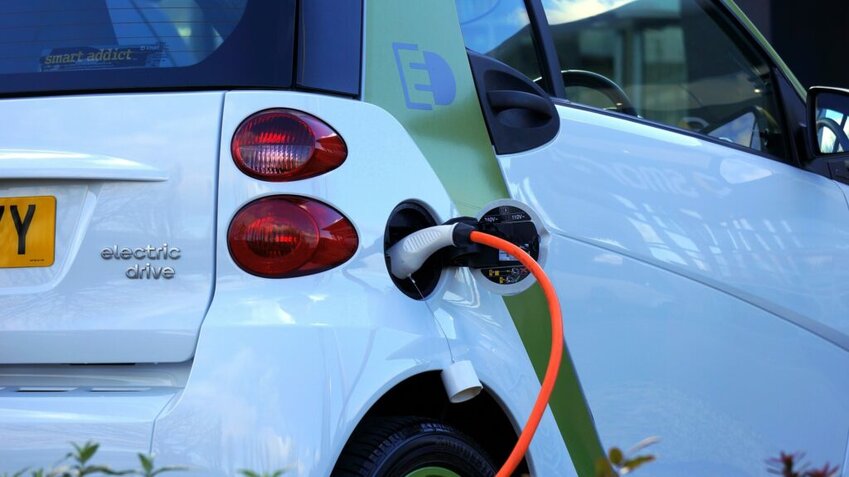 (Credit: Pixabay)
(Credit: Pixabay)Electric vehicle implementation continues surge and along with that market expectations also are rapidly growing aided by strong commitments from the auto industry as well as government incentives.
Passenger electric vehicle sales will grow by more than 80% to 5.6 million units in 2021, according to a new report by BloombergNEF. Overall, sales of passenger electric vehicles, including battery electric, plug-in hybrid and fuel cell, were 140% higher than the same period in 2019 and represent 7% of vehicle sales worldwide.
As a result, market forecasts have been raised across the board.
BNEF has raised its forecast for zero emission vehicles by 2040 from 495 million to 677 million. The International Energy Agency has raised its 2030 electric vehicle outlook by 7% over the past two years and the OPEC estimate for its worldwide electric vehicle fleet by 2040 is up 11%.
BNEF says that the numbers show automakers are committed to reaching complete zero emission vehicle sales by 2035 and that they are 45% more committed to electric vehicles than they were in 2019. Automakers are targeting more than 40 million electric vehicle sales by 2040.
Toyota and Ford are among automakers that have increased their commitments this year, especially in battery production and investment.
Increasing government action is also promoting electric vehicle market expansion.
According to the report, 17 countries are targeting complete phaseouts of conventional cars and clean transportation investment will top $240 billion in 2021.
As part of COP26, 24 national governments signed a declaration that all new vehicles be zero-emissions by 2040 and seven developing nations made a partial commitment. Six automakers making up 21% of the global market made the same commitment.
The United States targets to phase out sales of internal combustion engines now cover a quarter of the country’s auto sales, according to the report, although BNEF says the US does not have a current phase-out target. The US Department of Energy recently announced $199 million of sustainable vehicle initiatives.
The European Union’s proposed CO2 emissions standards imply that electric vehicles need to account for 25% to 32% of sales by 2025 and 60% to 83% by 2030. Proposed regulations in the US show a need for nearly a quarter of the market share by 2026 with it increasing to half of the market by 2030. China plans for 20% new energy vehicles by 2025, increasing to 40% by 2030.
BNEF also says combined targets in China, India and the US equal 41% of the global passenger vehicle market, up from 8% in 2019.
Currently the number of passenger electric and fuel cell vehicles in use is around 13 million, according to the report, and of those about 9 million are zero emission. Additionally, the number of zero emission buses has increased 22% since 2019 and BNEF says it expects 18% of all municipal buses to be zero emission by the end of this year.
Improving technology and lower cost of batteries, improved and growing charging infrastructure, more electric vehicle options for customers and longer range and faster charging on vehicles have all helped boost the market’s growth, the report says. The cost of batteries has dropped 89% since 2010, according to the report, and battery manufacturing capacity has increased 84% since 2019. Seven million electric vehicle chargers will also be installed by the end of 2021.
China and Europe lead the market in electric vehicle sales. Those two regions were responsible for 82% of the global sales in 2020 and that has increased to 84% over the first half of 2021.
The report was released as part of Transport Day at the COP26 climate event.